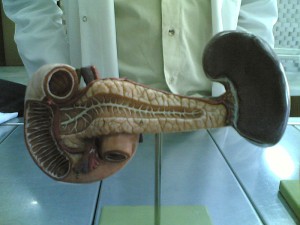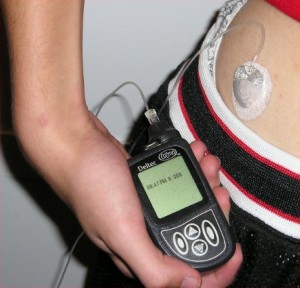How much do plants interest you?
For Dr. Mathias Schuetz, plants have been an interest of his ever since he can remember. This may have stemmed from the fact that he grew up in the countryside, surrounded by them!

– Above is a picture of Dr. M. Schuetz,
– via ellislab.
Dr. Schuetz took plant science as a minor and worked in a reforestation agency during his undergraduate years. One day, a faculty member from Simon Fraser University, who was a plant biologist, came to him and asked:
“Hey, why don’t you work in my lab?”
From this brief exchange of words, he is currently a plant molecular biologist at University of British Columbia.
In his recent research, due to the lack of previous research, he focuses on finding the genes of proteins that are involved in transporting lignin, a chemical compount that acts as a “glue” in plants. He used the model organism, Arabidopsis thaliana, for his research.

– Above is a picture of the model plant, Arabidopsis thaliana, used in this study.
– via Wikimedia
To study the biological process of lignification, Dr. Schuetz ordered Arabidopsis seeds that contain a change in the genes that he was going to study and grew them. Five genes in Arabidopsis were selected to be further studied because plants that had the change in the genes were falling over or could not transport water.
The following video clip showcases important biological processes in plants that the research investigated, such as ligninfication and auxin transport:
Even though three of the genes were actually auxin transport proteins, this study gave us insight into the physiology of plants, which can lead to a better understanding of cancer. Therefore, we need to put more effort into studying these transport proteins since this branch of proteins (ABC transport proteins) were first identified and characterized in tumor cells, which has resistance to chemotherapy drugs.
Check out our audio about how plants are important and how this study would also improve the pulp and biofuel industry:
Audio clip: Adobe Flash Player (version 9 or above) is required to play this audio clip. Download the latest version here. You also need to have JavaScript enabled in your browser.
(Here is a file for the credits of the podcast:Podcast citation group)









